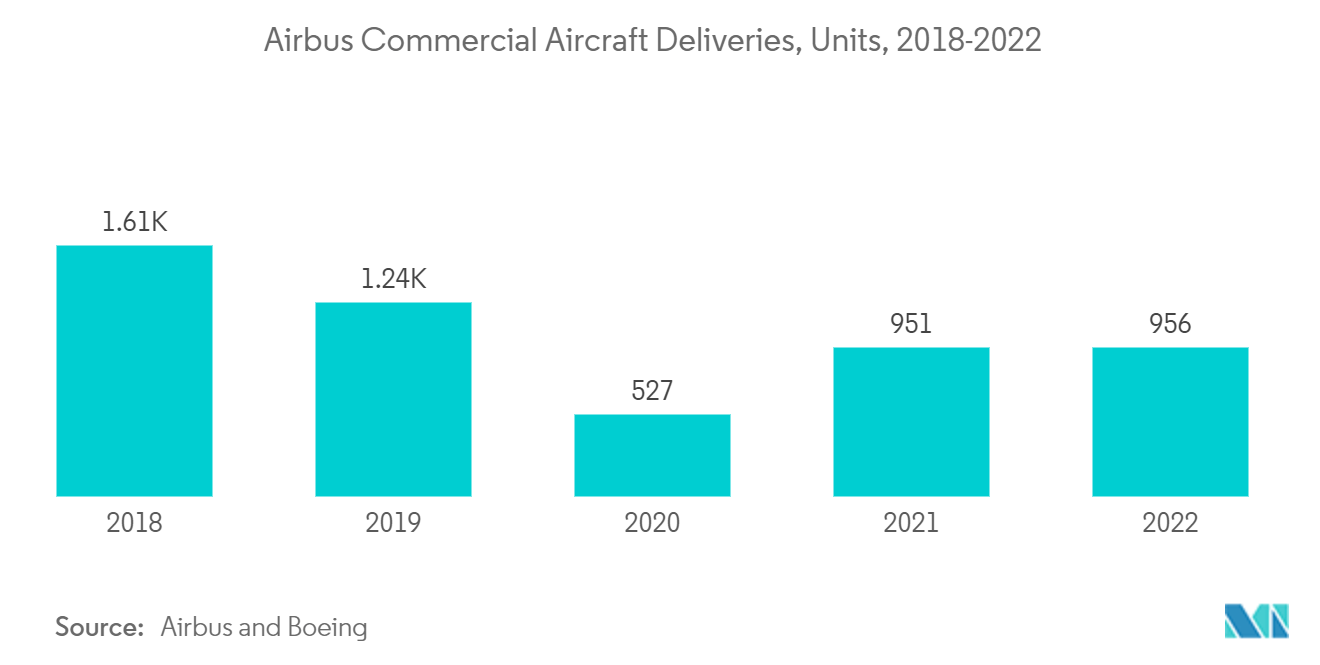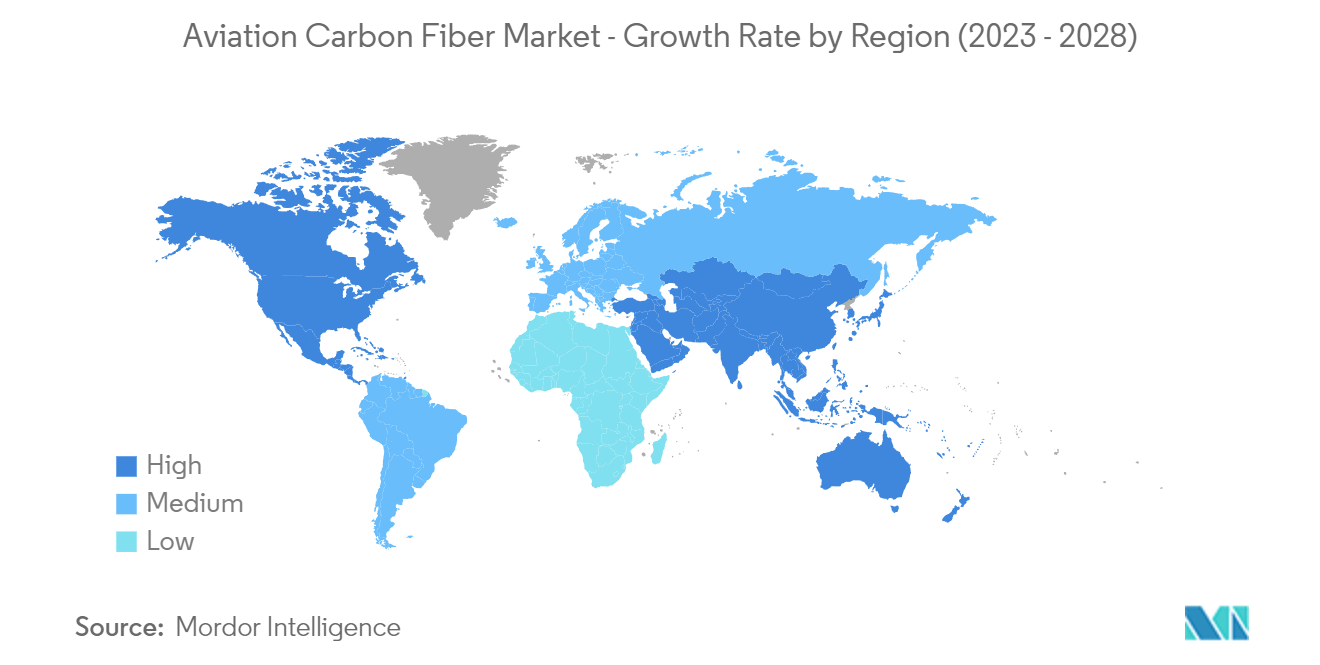Market Trends of Aerospace Carbon Fiber Industry
The Commercial Fixed-wing Aircraft Segment is Expected to Dominate the Market During the Forecast Period
Weight is the most important parameter considered at every phase in the design and development of an aircraft. The low overall weight of an aircraft can result in less fuel consumption. Most commercial airlines operate at low-profit margins, and hence, prefer aircraft that are fuel efficient. The growing demand for lightweight materials to increase fuel efficiency and the growth of commercial aircraft with high composites composition such as B787 and A350WXB.
Airlines are constantly searching for new avenues to explore and enhance their revenue stream. This includes launching services on new routes for catering to untapped market potentials. c. Based on certain predicted outcomes such as revenue and profitability, airlines decide on the type of aircraft to be used and the frequency of operations on a new route. For instance, a total of 3,500 routes were launched globally by several operators in 2022. The launch of new routes bolsters the entire aviation infrastructure in the region. Besides initiating procurement and retrofitting of aircraft fleets, it also encourages increased participation of regional component manufacturers in the scheduled and unscheduled maintenance carried over an aircraft. New routes are likely to be served only by fleet expansion, driving the demand for new generation commercial aircraft and thereby driving the commercial fixed-wing aircraft segment of the market during the forecast period.

The Asia-Pacific Market is Expected to Witness the Highest Growth During the Forecast Period
Asia-Pacific is expected to witness the highest CAGR during the forecast period. The increasing number of aircraft orders and deliveries in the region, due to the increasing demand for newer generation aircraft, is currently driving the growth of the market in the region. Also, several of the material suppliers are based in this region and supply raw materials for part manufacturers and aircraft OEMs. Air passenger traffic in the Asia-Pacific region is growing at a rapid pace, which has forced the airlines operating across Asia to increase their fleet size. This will result in airlines procuring new aircraft in the coming years, which is likely to generate demand for carbon fiber since the majority of the newer generation aircraft structures are made using carbon fiber composites.



